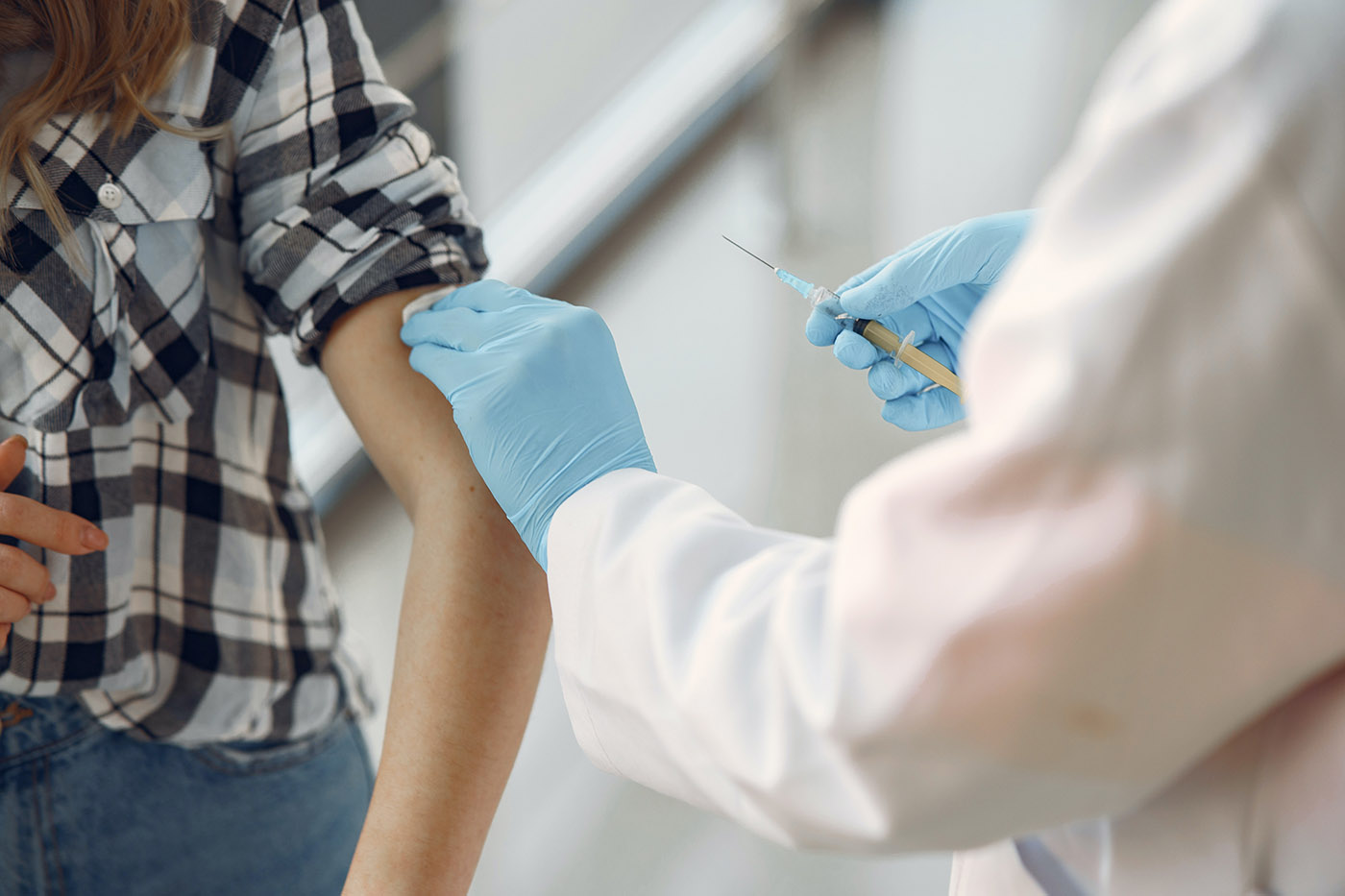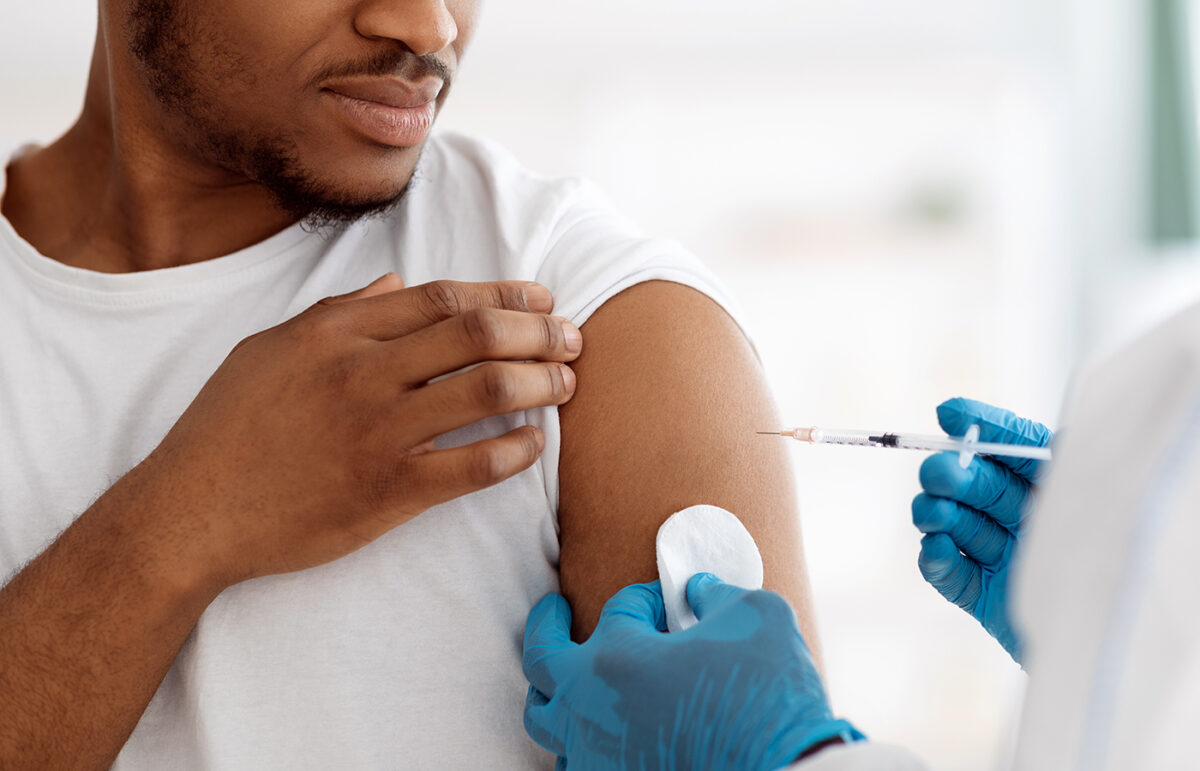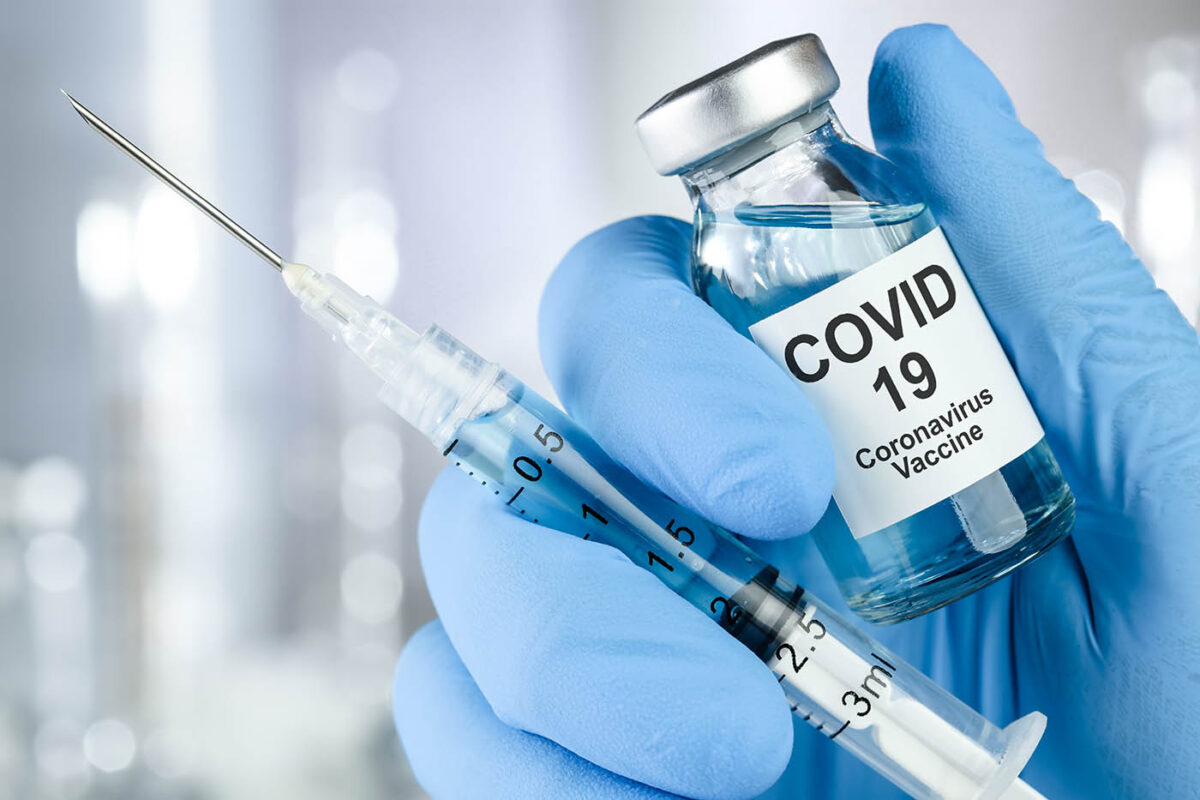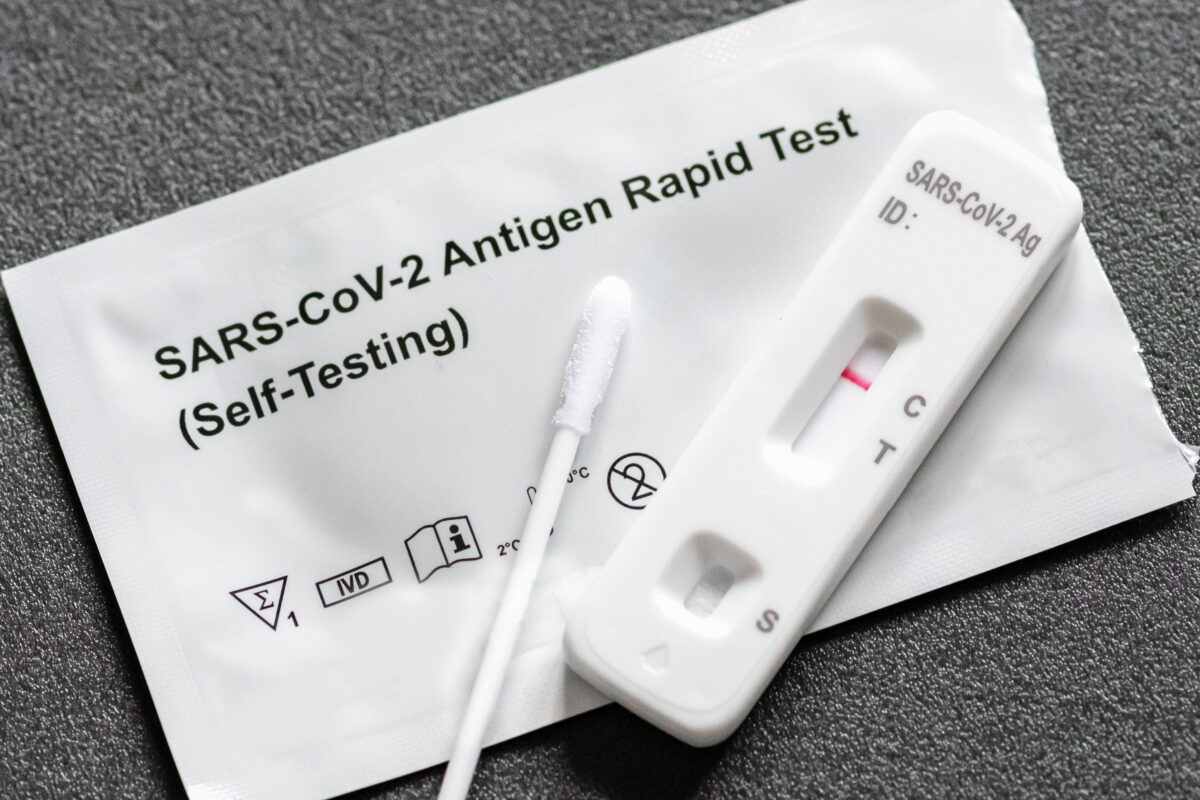
As COVID-19 vaccination efforts continue to make progress in the U.S., additional vaccine candidates are being evaluated for emergency use authorization. In this post (updated March 1, 2021), part one of a two-part series on types of COVID-19 vaccines, we discuss the vaccines that have been granted emergency use authorization by the U.S. Food and Drug Administration (FDA) — produced by Pfizer-BioNTech, Moderna, and the Johnson & Johnson Company.
The vaccines from Pfizer-BioNTech and Moderna use messenger ribononucleic acid (mRNA), a genetic code, to provide our cells with instructions for building a non-infectious coronavirus protein known as a spike protein. As our cells create this spike protein, the protein triggers an immune response, which produces antibodies that provide protection from the virus. The efficacy rates of these two vaccines in preventing COVID-19 symptoms are 95% and 94.5%, respectively. Importantly, data collected from the clinical trials for both vaccines also show that no hospitalizations or deaths occurred in study participants who received the vaccine under trial. However, it is unknown how well these vaccines prevent infections that have no symptoms.
Both vaccines require two separate doses. With the Pfizer-BioNTech vaccine, the second dose is administered 21 days after the first dose. For the Moderna vaccine, the second dose is administered 28 days after the first dose. Both vaccines initially required very cold storage, with the Pfizer-BioNTech vaccine needing to be stored at -94 degrees Fahrenheit and Moderna at -4 degrees Fahrenheit. However, on Thursday, Feb. 25, the FDA approved more flexible temperature requirements for the Pfizer vaccine, allowing undiluted vials to be transported and stored for up to two weeks at temperatures commonly found in pharmaceutical freezers.
A COVID-19 vaccine produced by Johnson & Johnson received emergency use authorization from the FDA on Saturday, Feb. 27, making it the third COVID-19 vaccine candidate available for use in the U.S. The Johnson & Johnson vaccine uses a different process to instruct our cells to create the coronavirus spike protein. Known as a viral vector vaccine, this type of vaccine uses an adenovirus (the same type of virus responsible for the common cold) which contains the genetic information for the coronavirus spike protein. Once the adenovirus enters our bodies, our cells create the spike protein to trigger an immune and antibody response.
Johnson & Johnson’s vaccine was 85% overall effective in preventing severe disease and demonstrated complete protection against COVID-19-related hospitalization and death 28 days after vaccination. The vaccine only requires a single dose and does not have the same very cold storage requirements as the Pfizer-BioNTech and Moderna vaccines. This could make delivery of the vaccine simpler and allow easier administration of the vaccine at doctors’ offices, pharmacies, rural health clinics, and other vaccination sites that do not have ultra-cold storage refrigeration systems.
There are 69 COVID-19 vaccine candidates in various phases of clinical trials in humans around the world. This coronavirus vaccine tracker notes where each of these vaccine candidates are in their development. In part two of this series, we discuss other COVID-19 vaccine candidates.






